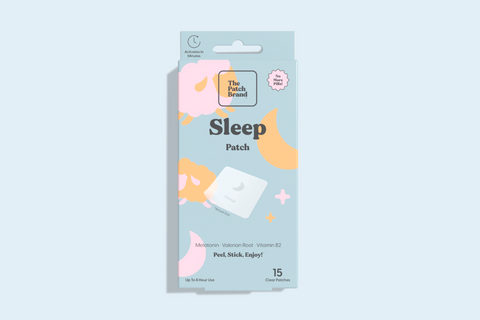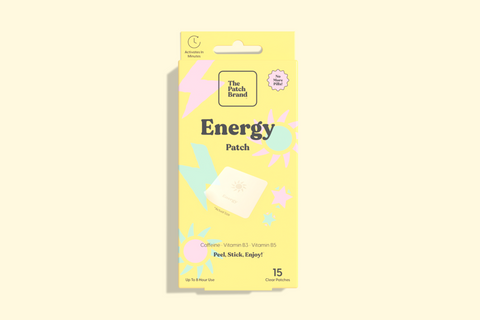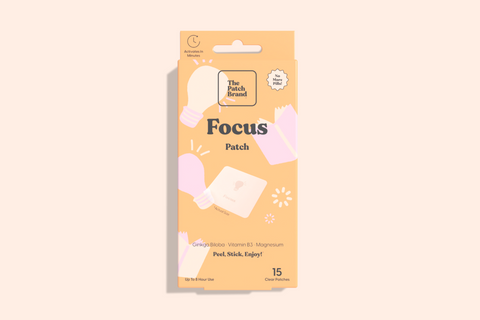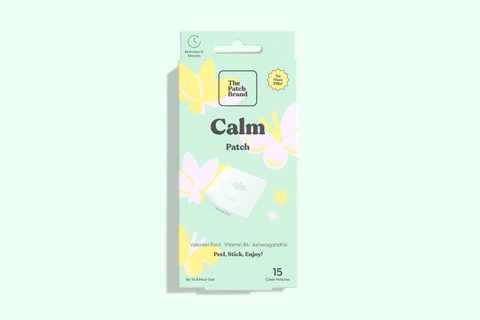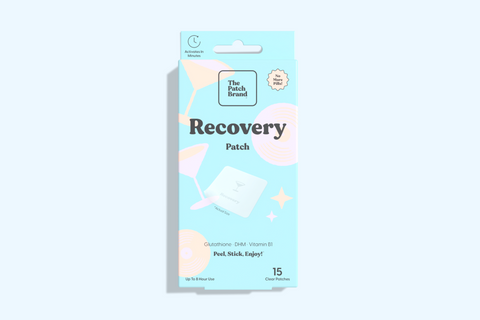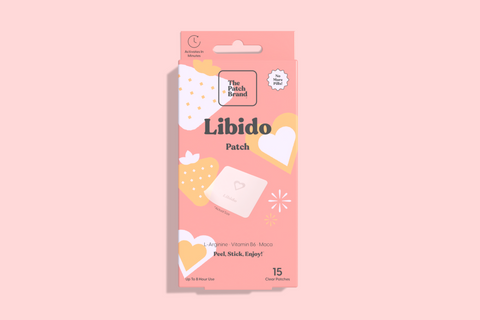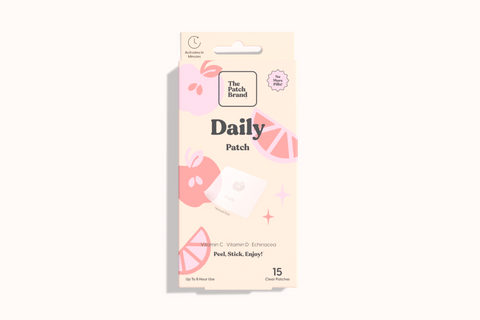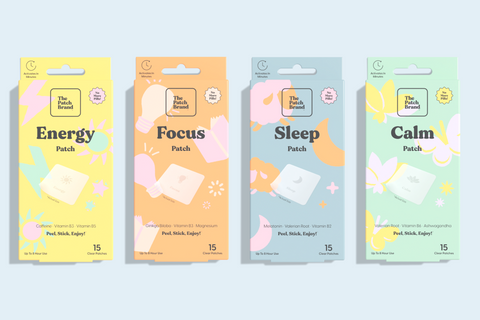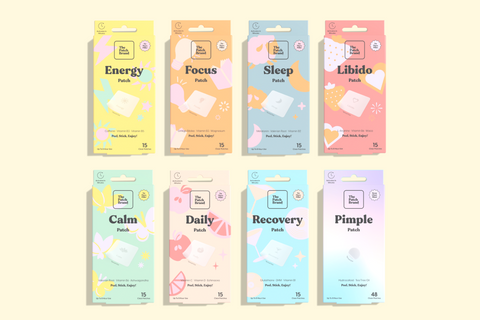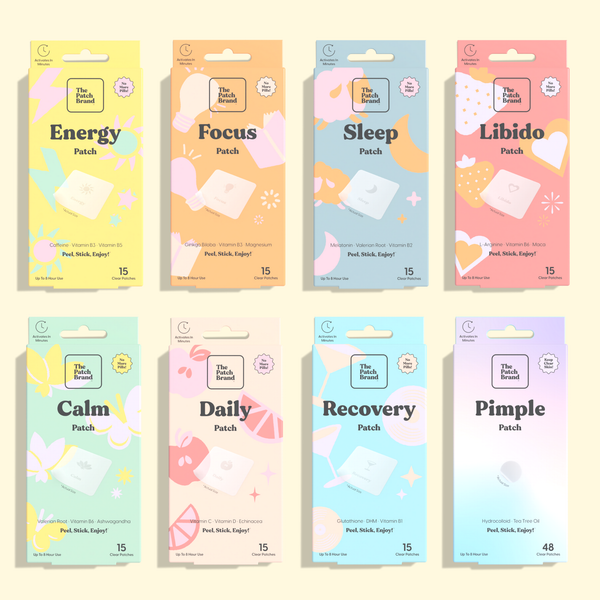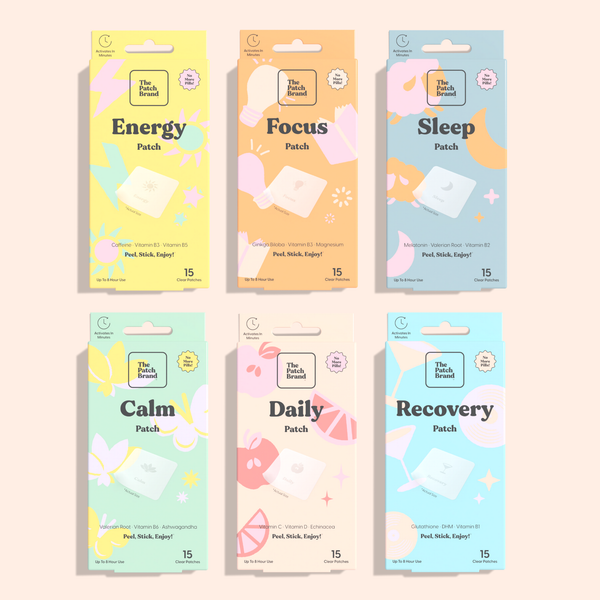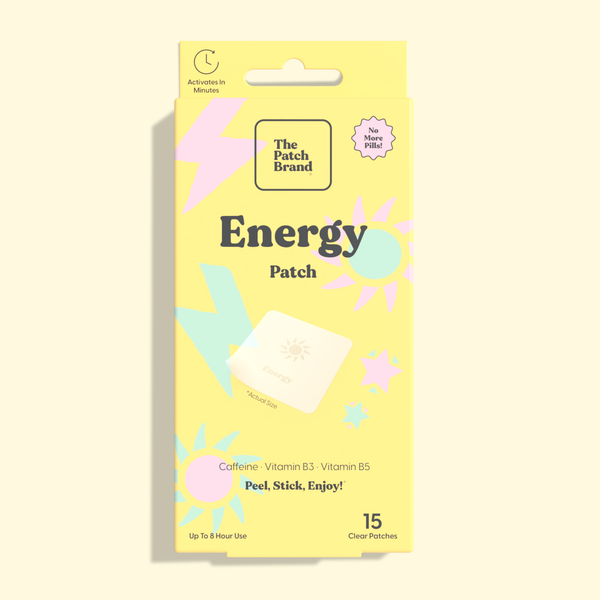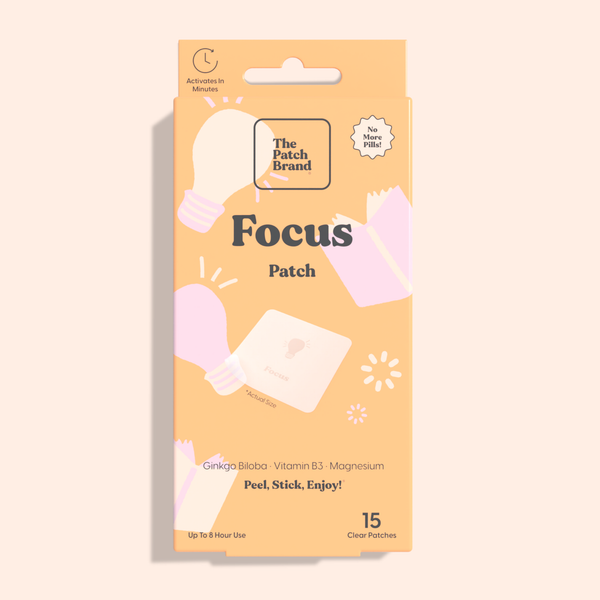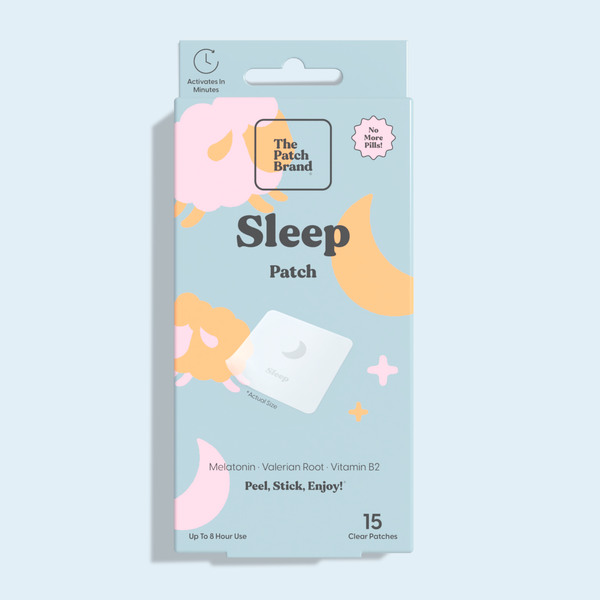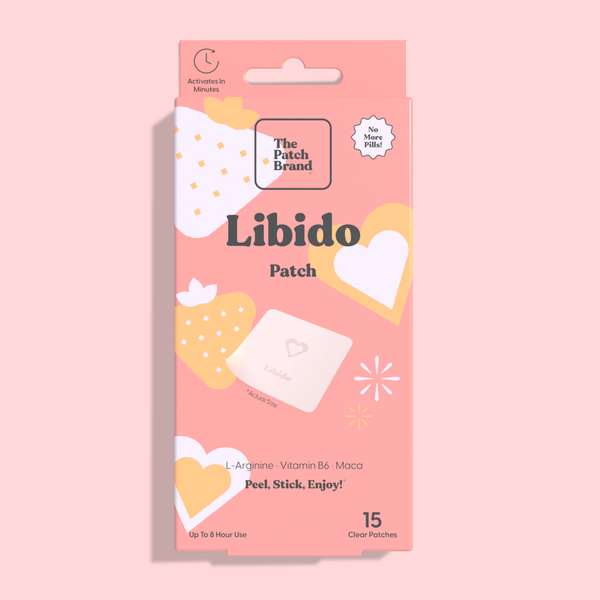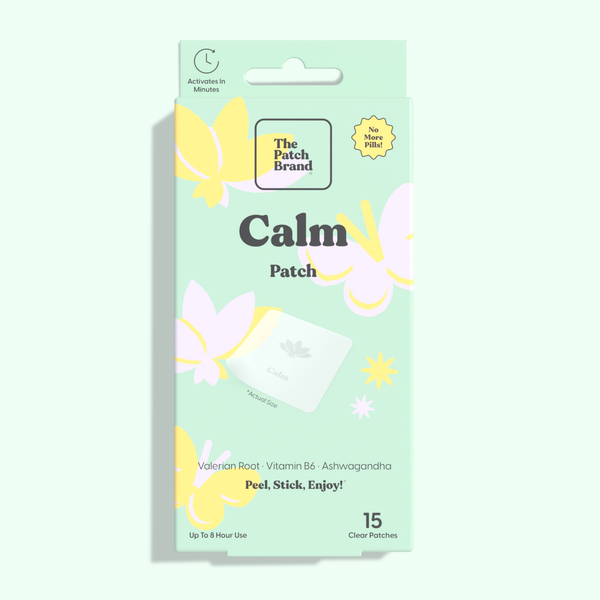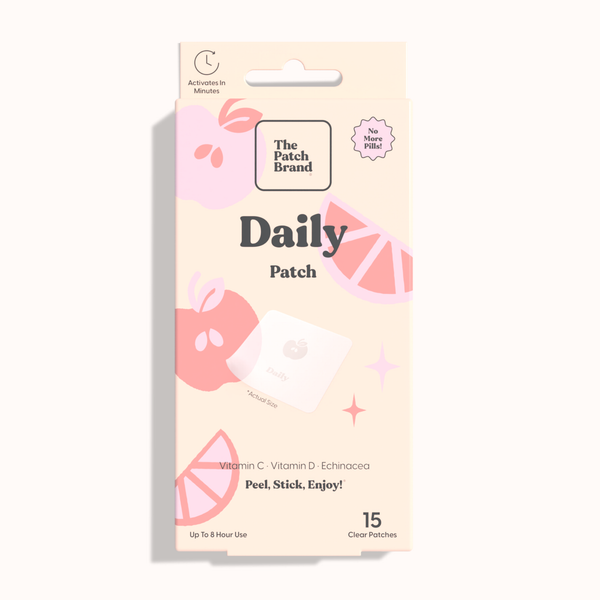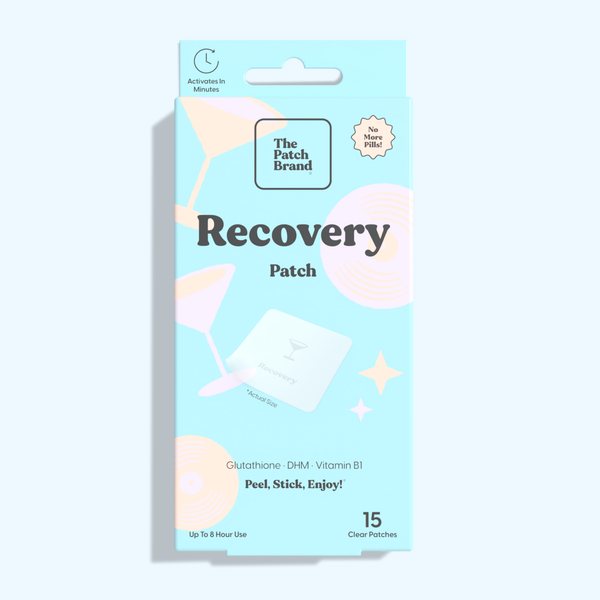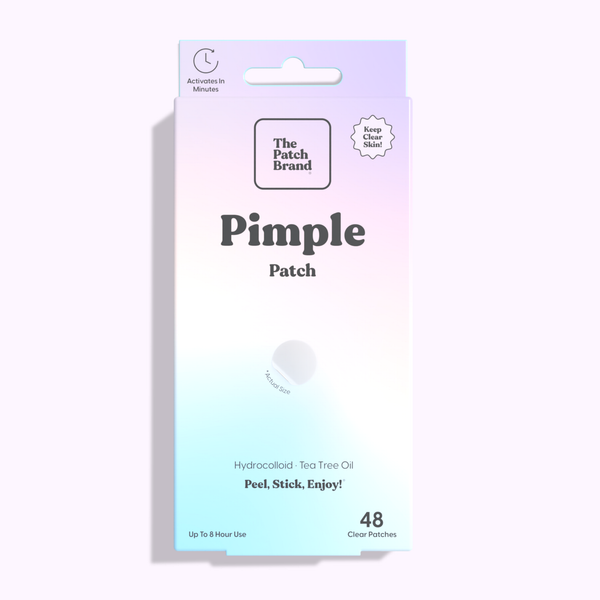In recent years, the skincare industry has witnessed a revolutionary product that has changed the way we approach acne management: hydrocolloid pimple patches. Originating from medical technology used for wound healing, these patches have become a staple in the fight against acne. Hydrocolloid technology, a term that may sound complex, is essentially a smart way to absorb moisture from wounds—or in this case, pimples—therefore creating a conducive environment for healing. This technology has seamlessly transitioned into skincare, offering targeted, effective, and non-invasive acne treatment options.
Understanding Hydrocolloid Pimple Patches
The Basics of Hydrocolloid Technology
Hydrocolloid technology centers around a distinctive material capable of absorbing moisture while simultaneously forming a protective barrier on the skin, a feature that supports the efficacy of hydrocolloid patches for treating pimples. At the heart of these patches lies a gel-forming agent, such as carboxymethylcellulose, which is intricately combined with an adhesive substance. This composition allows the patch not only to secure itself firmly over the affected area but also to actively draw out excess fluid and promote a healing environment. The technology's ability to isolate the wound from external irritants, coupled with its moisture-absorbing properties, makes it a favored choice for acne treatment and wound care alike.
The Process of Absorbing Pus and Oil
The ability of hydrocolloid patches for acne to absorb pus and oil is central to their effectiveness. Upon application, the hydrocolloid material begins to interact with the liquid content of the pimple, drawing it out and trapping it within the patch. This process not only helps to decongest the pore but also reduces the visibility and severity of the acne lesion. As the patch absorbs more fluid, it expands slightly and turns opaque, visually indicating the absorption process.
Creating a Protective Barrier
An additional benefit of
pimple patches is their ability to create a protective barrier over the acne lesion. This barrier keeps out bacteria, dirt, and other external factors that can exacerbate acne or lead to infection. By isolating the pimple from the external environment, the patch reduces the risk of secondary infections and helps to prevent the spread of acne-causing bacteria.
Benefits of Hydrocolloid Pimple Patches
Preventing Pimple Popping and Scarring
One of the most significant advantages of using hydrocolloid pimple patches is their ability to prevent the picking and popping of pimples. It's a common reflex to try and get rid of pimples by squeezing them, but this can lead to skin damage, infections, and long-lasting scars. By covering the pimple with a patch, the temptation to touch or pick at it is eliminated.
Promoting Faster Healing
Pimple patch benefits include the promotion of a faster healing process. By providing an optimal healing environment through moisture retention and protection from external irritants, these patches accelerate the skin's natural repair process. The contained environment under the patch ensures that the skin remains hydrated, which is crucial for cell regeneration and the reduction of redness and swelling.
Integrating into Daily Skincare Routines
Unlike some acne treatments that require specific conditions or application times, pimple patches can be applied at any time of day and worn under makeup or overnight. This flexibility allows individuals to continue their regular skincare regimen without disruption. The patches are discreet and can be used alongside other skincare products, making them a convenient and practical solution for managing acne.
Types of Hydrocolloid Acne Patches
Varieties for Different Acne Stages
Navigating the wide array of hydrocolloid patches available in the market can significantly enhance your acne treatment strategy by offering solutions tailored to the specific stage of pimple development. This personalized approach ensures that each blemish is treated with the level of care it requires:
-
Early-Stage Patches: These patches are ultra-thin and nearly invisible, making them perfect for early, just-emerging pimples. They work by sealing the area from external irritants and subtly treating the pimple without drawing attention. The goal is to stop these initial bumps in their tracks, preventing them from growing into more noticeable blemishes.
-
Mid-Stage Patches: As pimples start to develop, they require a different level of care. Mid-stage patches strike a balance between being discreet and offering effective absorption and protection. They're designed to cover pimples that are visible but not yet at their peak, providing a conducive environment for healing without advancing to more severe stages.
-
Mature Pimple Patches: These are the most robust of the hydrocolloid patch types. Thicker and designed for maximum absorption, they target mature, pus-filled pimples. By drawing out pus and reducing inflammation, these patches accelerate healing and minimize the risk of scarring. They offer a practical solution for managing the most troublesome pimples without resorting to harmful popping or squeezing.
Whether dealing with a just-emerging bump or a full-blown zit, there's a hydrocolloid patch designed to meet the need. This strategic, stage-specific treatment not only promotes faster healing but also contributes to a clearer, healthier complexion over time, underlining the importance of selecting the right patch for each acne stage in your skincare regimen.
Selecting Patches for Various Skin Types
Manufacturers have developed patches that cater to oily, dry, sensitive, and combination skin, incorporating ingredients that complement these skin types. For instance, patches for oily skin may contain ingredients that regulate sebum production, while those for sensitive skin are formulated to be gentle and non-irritating. Understanding your skin type and selecting a patch designed to work with it can significantly improve treatment outcomes and overall skin health.
Innovations in Hydrocolloid Patch Technology
This has led to the creation of patches with added active ingredients, such as salicylic acid, tea tree oil, and hyaluronic acid. These ingredients are known for their acne-fighting and skin-soothing properties, enhancing the patch's effectiveness. Furthermore, advancements have led to the development of patches that change color to indicate when they should be replaced and ultra-thin designs that are virtually invisible on the skin.
Selecting the Best Pimple Patches
Criteria for Choosing Effective Pimple Patches
Selecting the best pimple patches involves considering several key criteria to ensure their effectiveness and compatibility with your skin. Firstly, assess the type of acne you're dealing with—whether it's whiteheads, blackheads, or cystic acne—as not all patches are created equal. Look for patches that specify the type of acne they're designed to treat. Additionally, ingredient lists are crucial; opt for patches that contain ingredients known to soothe inflammation. As mentioned previously, the size and thickness of the patch also matter, as they determine the patch's coverage and absorptive capacity.
Analyzing Product Recommendations
Reading product reviews and seeking recommendations can guide you toward the best blemish patches. Reviews from verified buyers offer insight into the patch's real-world effectiveness, adherence, and skin compatibility. Dermatologist recommendations are also invaluable, as they can suggest products based on scientific evidence and clinical experience. Combining these sources of information can help you make an informed decision.
Understanding Patch Ingredients and Skin Compatibility
Understanding the ingredients in pimple stickers and their compatibility with your skin type is essential. If you have sensitive skin, look for patches made with hypoallergenic materials and free from potential irritants like fragrances or harsh chemicals. It's crucial to know your skin's sensitivities and select patches that align with your skin's needs.
Navigating Between Price Points
While premium brands may offer advanced features like microneedle technology, there are also high-quality, affordable options available that effectively treat acne without breaking the bank. It's important to balance your budget with your skincare needs, remembering that a higher price doesn't always guarantee better results.
Application and Effectiveness
Correct Application Techniques
For those seeking to maximize the benefits of pimple patches, understanding the correct application techniques is paramount. Here’s a guide to ensure optimal results:
-
Cleanse the Affected Area: Start by using a gentle cleanser to thoroughly clean the skin surface of any dirt, oil, and makeup. It's essential to avoid harsh exfoliants or scrubs at this stage, as they might further irritate the pimple, making the situation worse. A clean and smooth area ensures the patch can adhere properly without any barriers.
-
Dry Your Skin: After cleansing, pat the skin dry with a clean, soft towel. This step is crucial because the patch adheres best to dry skin. Moisture can prevent the patch from sticking correctly, reducing its efficacy. A completely dry surface allows for optimal adhesion, ensuring the patch stays in place to effectively do its job.
-
Apply the Patch: Gently place the patch over the pimple, making sure it's perfectly aligned with the affected area. Press down softly but firmly for a few seconds to ensure that it sticks well. The patch must be applied directly on the pimple, with no creases or air bubbles trapped underneath, to create a sealed environment conducive to healing.
-
Leave It On: Adhere to the instructions provided on the packaging for the duration the patch should be left on the skin. Generally, it's advisable to leave it on overnight or for a minimum of six hours to allow the active ingredients enough time to work on the pimple. This duration helps in maximizing the patch's effectiveness in reducing the pimple's size and inflammation.
-
Remove Gently: When it’s time to remove the patch, do so gently, starting from the edges and moving towards the center. If the patch feels resistant, applying warm water can help soften it, making it easier to remove without causing damage to the skin.
-
Follow-Up Care: Once the patch is off, evaluate the condition of the pimple. Depending on its state, you may apply a gentle skincare product to aid further in healing. Often, the pimple will be noticeably reduced or even completely healed, eliminating the need for additional treatment.
By following these steps, you ensure that each pimple patch application is as effective as possible. This method not only treats the acne but does so in a way that is gentle on the skin, minimizing the risk of scarring and promoting faster healing.
Managing Expectations and Realistic Outcomes
These patches excel at treating mild to moderate acne, such as whiteheads and pustules, by absorbing pus and reducing inflammation. However, they might not be as effective for more severe forms of acne, like cystic acne, which occurs deeper in the skin. It’s also important to understand that while patches can speed up healing and prevent scarring, they are not a cure-all solution and should be part of a comprehensive skincare and lifestyle approach to managing acne.
The rise of hydrocolloid patches for pimples underscores a broader trend toward personalized, technology-driven skincare solutions. As individuals seek out treatments that fit their specific needs and lifestyles, products like pimple patches become invaluable tools in their skincare arsenals. With their ability to treat pimples effectively while integrating seamlessly into daily routines, these patches not only offer immediate benefits but also represent the future of targeted, individualized skincare. By continuing to educate ourselves on these innovations and how best to use them, we can all take proactive steps toward healthier, clearer skin.
